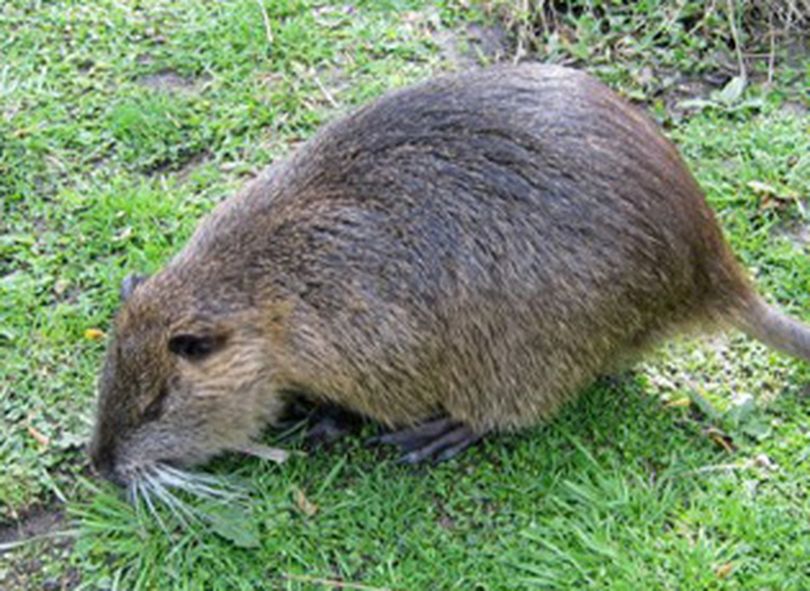Eating our way out of invasive species infestations

EXOTIC SPECIES -- Care for a nutria burger? Or maybe a dab of didymo "rock snot" on your ice cream?
With a boost from creative marketing, the bloated American appetite could help control exotics while conserving imperiled native species.
An invasive species called lionfish is devastating reef fish populations along the Florida coast and into the Caribbean. According to a New York TImes report, an increasing number of environmentalists, consumer groups and scientists are seriously testing a novel solution to control it and other aquatic invasive species — one that would also takes pressure off depleted ocean fish stocks: they want Americans to step up to their plates and start eating invasive critters in large numbers.
The United States Fish and Wildlife Service is now exploring models suggesting that commercial harvest of Asian carp in the Mississippi would most likely help control populations there, “as part of an integrated pest management program,” spokeswoman Valerie Fellows told The Times.
When they find tastey recipes for spotted knapweed, cheatgrass, rush skeletonweed, milfoil and zebra mussels, we'll be on the road to recovery.
